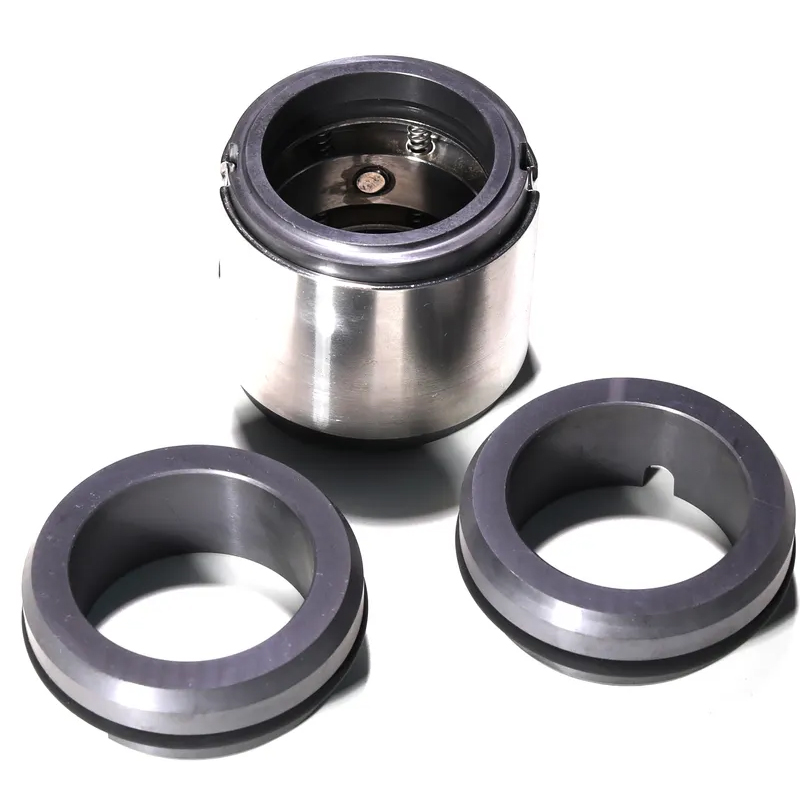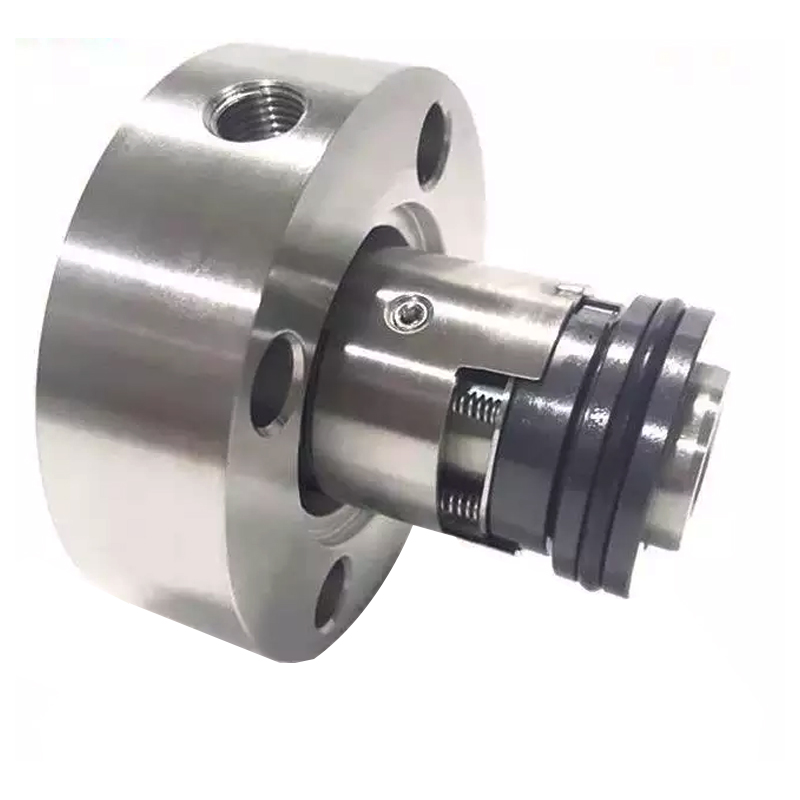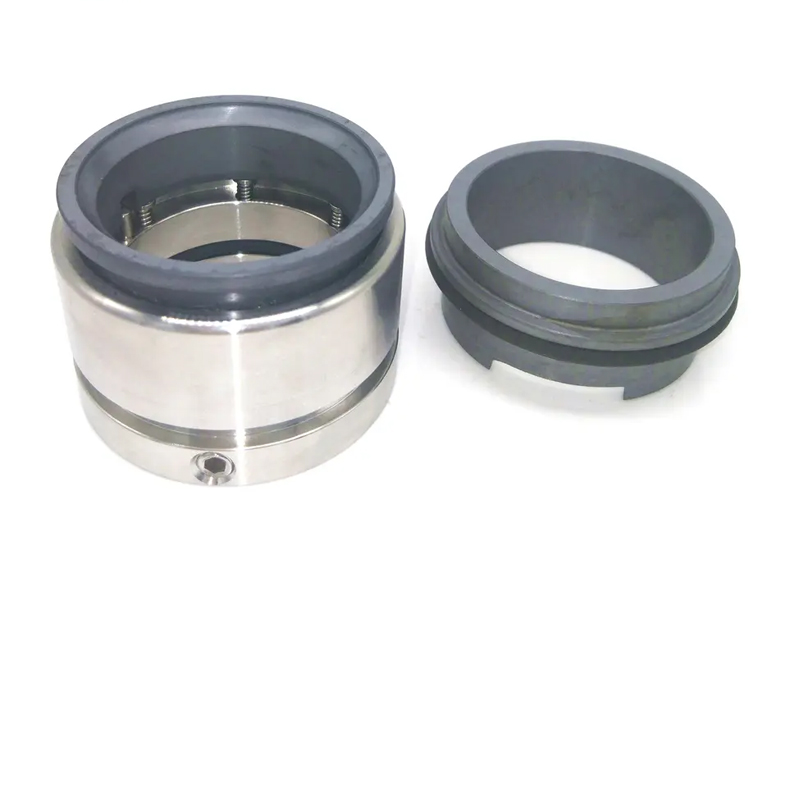Uncategorized
General choice of materials for mechanical component seals
Mechanical component seal is a shaft sealing device that relies on a pair or pairs of end faces perpendicular to the shaft for relative sliding under the action of fluid pressure and the elasticity (or magnetic force) of the compensation mechanism to maintain the fit together with the auxiliary seal and achieve leakage.
Common materials of mechanical seal:
1. seawater; room temperature; (dynamic) tungsten carbide, 1CR13 overlay cobalt-chromium tungsten, cast iron; (static) dipping resin graphite, tungsten carbide, metal ceramics; superheated water 100 degrees; (dynamic) tungsten carbide, 1CR13 overlay cobalt-chromium tungsten, cast iron; (static) dipping resin graphite, tungsten carbide, metal ceramics. Purified water; room temperature; (dynamic) 9CR18, 1CR13 overlay cobalt-chromium tungsten, cast iron; (static) dipping resin graphite, bronze, phenolic plastic, river water (containing sediment); room temperature; (dynamic) tungsten carbide, (static) tungsten carbide.

2. Gasoline, lubricating oil, liquid hydrocarbon; room temperature; (dynamic) tungsten carbide, 1CR13 overlay cobalt-chromium tungsten, cast iron; (static) dipping resin or tin-antimony alloy graphite, phenolic plastic. Gasoline, lubricating oil, liquid hydrocarbon; 100 degrees; (dynamic) tungsten carbide, 1CR13 overlay cobalt-chromium-tungsten; (static) dipped bronze or resin graphite. Gasoline, lubricating oil, liquid hydrocarbon; containing particles; (dynamic) tungsten carbide; (static) tungsten carbide.
The sealing material should meet the requirements of sealing function. Because of the different media being sealed, as well as the different working premise of the equipment, sealing materials are required to have different adaptability.
Component Seal material requirements :
1. high temperature does not soften, not decomposition, low temperature does not harden, not brittle, good erosion resistance, in acid, alkali, oil and other media can work for a long time, its volume and hardness change is small, and does not adhere to the metal surface, the friction coefficient is small, good wear resistance.

2. With the sealing surface combined with the softness, good aging resistance, durable, easy processing and manufacturing, cheap, easy to take the material, rubber is a common sealing material. In addition to rubber, suitable for sealing materials such as graphite, polytetrafluoroethylene and various sealants.
3. Good material denseness, not easy to leak media, appropriate mechanical strength and hardness, good compression and resilience, small deformation.


